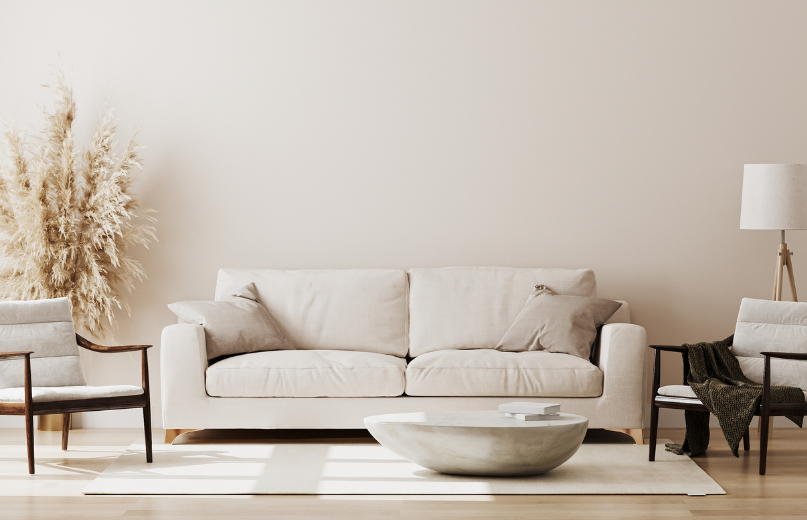
Top 6 Mechanical Tests for Furniture Durability Certification
Mechanical testing for furniture durability is essential for validating whether a product meets international safety and quality expectations. Mechanical tests replicate real-life stress, wear, and usage conditions in a laboratory setting, ensuring that furniture performs reliably over time. Major retailers, government regulators, and institutional buyers often require not just regulatory certification but also adherence to their own durability benchmarks.

For chairs in public venues, children’s bunk beds, or office furniture, standardized testing proves that the structure can support weight, endure repetitive use, and resist mechanical failure. Certifications based on these results are prerequisites for market access, especially in regions with strict regulatory or procurement standards.
Overview of Global Furniture Testing Standards
EN Standards (Europe)
The European Committee for Standardization (CEN) publishes EN standards, which form the foundation of durability certification in the EU. Key standards include:
These documents define test methods, load tolerances, cycle requirements, and pass/fail criteria tailored to various furniture categories.
ISO Standards (Global)
The International Organization for Standardization (ISO) provides global testing frameworks. Many of its standards are harmonized with EN standards, making them suitable for cross-border product validation. Examples include:
ISO protocols are frequently adopted by testing laboratories and accepted in international tenders.
ANSI/BIFMA Standards (North America)
The American National Standards Institute/Business and Institutional Furniture Manufacturers Association (ANSI/BIFMA) standards are widely used in the U.S. and Canada. They’re particularly relevant for commercial and public sector procurement. Common examples include:
- BIFMA X5.1 for general-purpose office seating
- BIFMA X5.5 for desk/table durability
Meeting ANSI/BIFMA criteria can be essential for access to institutional or government furniture tenders.
GB Standards (China)
China’s Guobiao (GB) standards are the national benchmark for safety and durability. Compliance is mandatory for all domestic and imported furniture.
- “GB” standards are mandatory and legally enforced.
- “GB/T” standards are recommended, but often required in practice.
Notable examples:
- GB/T 10357 series for strength and durability testing across furniture types
Manufacturers aiming to access the Chinese market must follow these standards as a baseline for both legal and commercial acceptance.
Top 6 Mechanical Tests for Furniture Durability
1. Static Load Test
Purpose: Evaluates whether a furniture piece can support a defined weight without breaking or permanently deforming.
Applications: Chairs, beds, tables
- Typical load: e.g., 110 kg applied for 1 minute
- Assessment: Check for breakage or deformation
2. Cyclic Fatigue Test
Purpose: Measures endurance under repeated motion, simulating extended use over time.
Applications: Seating, drawer slides, recliners
- Simulates thousands of repetitions (sit/stand, open/close)
- Checks for joint fatigue and wear failures
3. Drop Impact Test
Purpose: Simulates accidental drops or bumps during handling, shipping, or relocation.
Applications: Assembled furniture, packaging validation
- Drop from specified height onto a hard surface
- Observes structural integrity and joint durability
4. Stability Test
Purpose: Verifies resistance to tipping when pushed or leaned on under normal usage.
Applications: Tall furniture, desks, chairs, shelving units
- Simulates uneven loading and directional force
- Essential for preventing tip-over accidents
5. Leg Strength Test
Purpose: Ensures legs can bear static and lateral force without loosening or collapsing.
Applications: Stools, benches, tables
- Applies vertical and diagonal force
- Detects weak joints or flawed materials
6. Surface Durability and Abrasion Test
Purpose: Measures resistance to scratches, wear, and coating degradation.
Applications: Tabletops, storage units, work surfaces
- Uses Taber Abraser or equivalent equipment
- Evaluates long-term surface aesthetics and function
Mechanical testing verifies that your furniture can perform under real-life use, delivering safety, longevity, and customer trust. To meet regulatory standards and buyer expectations, manufacturers should integrate certified testing early in the design and production stages. Partner with accredited testing labs or third-party quality professionals to align your products with international durability certification requirements.

 Request Free Sample Report
Request Free Sample Report